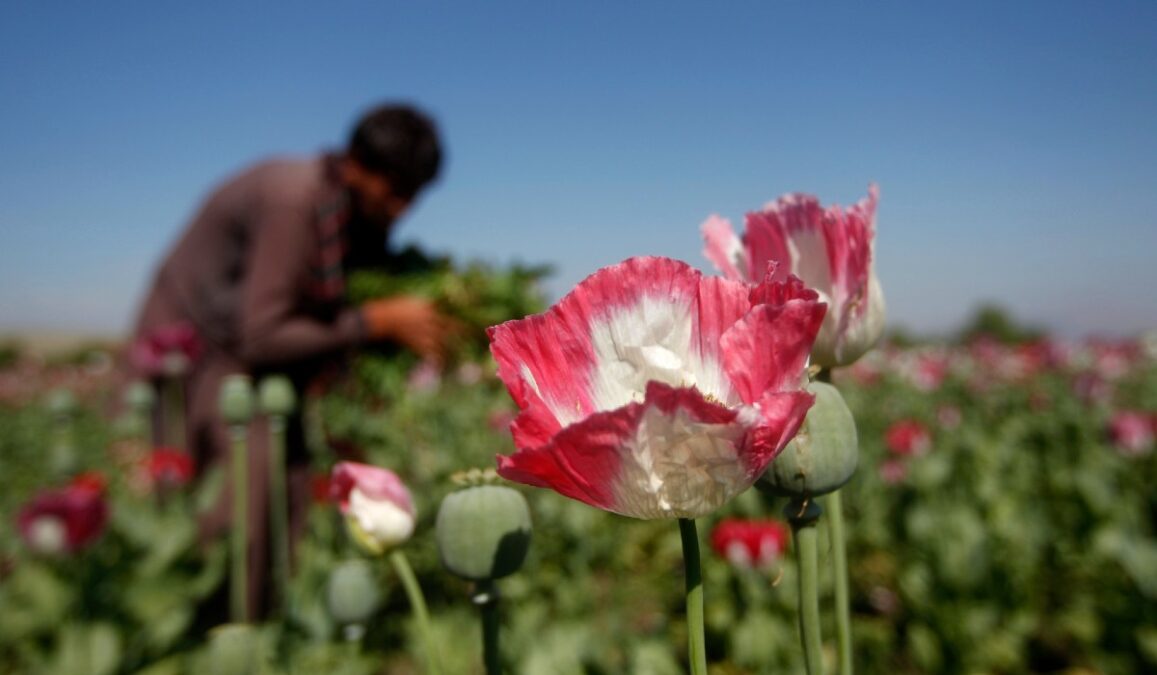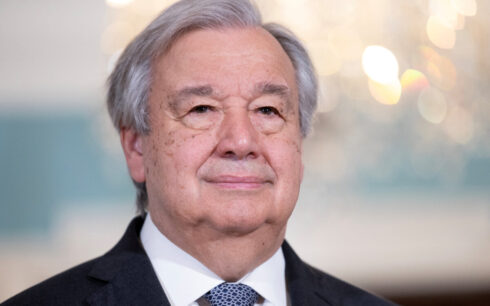Myanmar has surpassed Afghanistan as the world’s leading opium producer in 2023, following the Taliban’s crackdown on the trade, as revealed in a United Nations report released on Tuesday.
According to the latest report by the United Nations Office for Drugs and Crime (UNODC), Myanmar produced an estimated 1,080 tons of opium—crucial for heroin production—this year.
This comes after opium production in Afghanistan plummeted by an estimated 95 percent to around 330 tonnes following the Taliban’s prohibition of poppy cultivation in April last year, according to UNODC.
The “Golden Triangle” border region encompassing Myanmar, Laos, and Thailand has long been a hub for illegal drug production and trafficking, particularly of methamphetamine and opium.
The total estimated value of Myanmar’s “opiate economy” has risen to between $1 billion and $2.4 billion—equivalent to 1.7 to 4.1 percent of the country’s 2022 GDP, according to UNODC. Last year, Myanmar produced an estimated 790 metric tonnes of opium.
Myanmar’s legal economy has been severely impacted by conflict and instability since the military seized power in 2021, leading many farmers to turn to poppy cultivation. Poor access to markets, state infrastructure, and rampant inflation “appears to have played a significant role in farmers’ decisions in late 2022 to cultivate more poppy,” the report noted.
The estimated opium production for 2022-23 is at its highest level in over 20 years, UNODC stated. The report also highlighted that poppy cultivation in Myanmar is becoming more sophisticated, with increased investment and better practices—including improved irrigation and possible use of fertilizers—resulting in higher crop yields.
Afghanistan, the world’s largest producer for several years, has witnessed a collapse in cultivation after Taliban authorities pledged to end illegal drug production.
Poppy crops accounted for almost a third of the country’s total agricultural production by value last year, but the area used for poppy shrank from 233,000 hectares in late 2022 to 10,800 in 2023.





